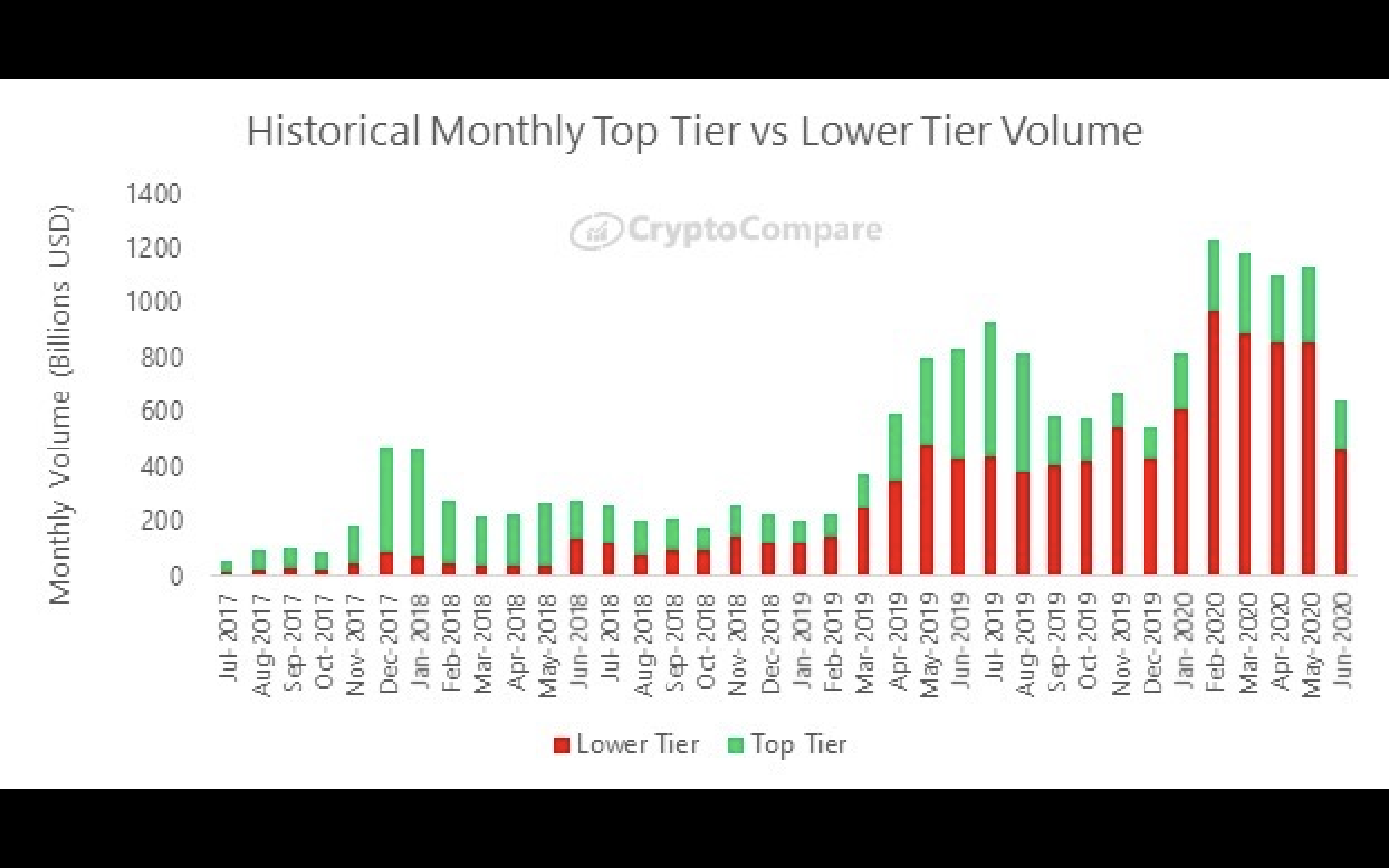FTX Looking to List ‘Beacon Chain’ Ether as Deposit Contract Goes Live
FTX Looking to List ‘Beacon Chain’ Ether as Deposit Contract Goes Live
Will an active secondary market emerge for ether (ETH) locked into Ethereum 2.0’s deposit contract?
That’s the question on the tip of most every trader’s tongue Wednesday after the release of the deposit contract by the Ethereum Foundation. As of press time, that contract holds some 5,000 ETH worth $2 million.
Launching a derivatives market for beacon chain ether would provide liquidity for investors who can’t move out of staked positions. That’s because the deposit contract is a one-way bridge until at least phase 1 of Eth 2.0, also known as Serenity.
Yet, some exchanges such as FTX are looking at launching markets for “Beacon chain ether” (BETH) or tokenized staked ether, or ether that has been staked in the Eth 2.0 deposit contract. In doing so, a second ether asset could appear.
Beacon chain ether
One-way traffic into Eth 2.0 was a design decision made to stop the formation of a second tradable ether asset, Ethereum Foundation researcher Justin Drake said in a tweet. Indeed, Ethereum co-founder Vitalik Buterin questioned who would provide liquidity for a token representing staked ether. “Just moving ETH over to the Eth2 chain has zero profit,” he said.
But that reasoning wouldn’t necessarily stop exchanges from, say, spinning up a token functioning as an IOU for staked funds, Coin Metrics co-founder Jacob Franek spelled out in another tweet thread. (The idea has even stronger legs when one considers the decentralized finance (DeFi) token boom this summer.)
He said a secondary market for staked ether tokens would only be as deep as the amount of ether locked in the deposit contract. Its trading quality would also be dependent on whether market makers began actively trading the theorized asset.
The value of the token itself would be tied not only to the underlying inflation rewards stakers receive – between 8% and 15% annually – for depositing ether in the Beacon chain, but also to the inherent risks from trading a product on top of the ever-under-construction Eth 2.0 blockchain.
For example, penalties for failing to validate the new chain affect ether deposits. Those penalties would, at some point, affect how the staked ether token would trade.
“The security concern is the principal agent problem because the people taking the financial risk are no longer the ones making the blocks and the people validating the blocks have no direct financial risk, only indirect,” independent cryptocurrency researcher Hasu told CoinDesk in a Telegram message.
A staked ether secondary market would probably be tied to the amount of ether held at a centralized exchange for staking. That could open up some exchanges to security concerns, Hasu said, who characterized the asset as “staking derivatives or staking securities or securitized stake.”


![New-regulators-in-town:-what’s-next-for-crypto-in-dc-[borderless,-ep.5]](https://www.lastcryptocurrency.com/wp-content/uploads/2021/01/88270/new-regulators-in-town-whats-next-for-crypto-in-dc-borderless-ep-5.jpg)






